Origins of fouta weaving
The fouta, an emblematic Tunisian textile, is made using weaving techniques handed down from generation to generation. Used for centuries in hammams, it has evolved to become an essential accessory, both as a fouta towel and as a decorative element.
Materials used in the manufacture of fouta
Traditionally, Tunisian foutas are woven from cotton for excellent absorbency and lightness. Today, we also find models incorporating recycled fibers or organic cotton, bringing an eco-responsible dimension to the product.
Some models, like the terry-lined fouta, combine a traditional weave with a terry layer to offer greater comfort and softness, while maintaining good absorbency.
The fouta weaving process
1. Wire preparation
Before weaving begins, the yarns are carefully selected. The warp threads are stretched on the loom, while the weft threads are inserted horizontally as the weaving progresses.
2. Hand loom weaving
The weaver uses a traditional loom to interlace the threads with precision. This artisanal technique produces unique patterns that distinguish each Tunisian fouta.
3. Finishing the bangs
Once the weaving is complete, the ends of the fouta are adorned with hand-knotted bangs. This step, often carried out by experienced craftsmen, lends authenticity and unique charm to each piece.
The different types of fouta weaving
Each weaving technique gives a different texture and finish. Here are the main types of fouta weaving:
- Flat weave: The most common method, giving a smooth, uniform surface. Ideal for a lightweight, practical beach fouta.
- Honeycomb weave: Provides an embossed texture, increasing absorbency and improving wash resistance.
- Herringbone weave: Produces an elegant zigzag pattern, giving a unique aesthetic look to XXL fouta or sofa fouta.
- Jacquard weaving: A more complex technique that weaves detailed, sophisticated patterns directly into the fabric's weft. Often used for luxury foutas with varied patterns and elaborate designs.
- Weave with terry lining: Combines a traditional weave on one side with a terry lining on the other, thus combining the absorbency of a terry towel with the lightness of a classic fouta. Ideal for use as a bath towel.
Why choose a hand-woven fouta?
Opting for a handcrafted Tunisian fouta means choosing a product that combines quality, tradition and durability. Hand-weaving guarantees an impeccable finish and enhanced resistance. What's more, by supporting craftsmanship, you're helping to preserve ancestral know-how and promote more responsible production.
At BY FOUTASfoutas are made with respect for these traditional techniques, while adapting to modern demands for design and comfort.
Conclusion
fouta weaving is a meticulous art, requiring great expertise. From flat weaving to jacquard weaving, honeycomb weaving and terry lining, each technique adds value to the final product.
Whether you're looking for a beach fouta, an XXL fouta or a terry-lined fouta, it's essential to understand the different weaving methods so you can choose the one that best suits your needs.
Discover the complete collection of handcrafted, high-end foutas at BY FOUTAS and let yourself be seduced by a product that is practical, aesthetic and authentic.
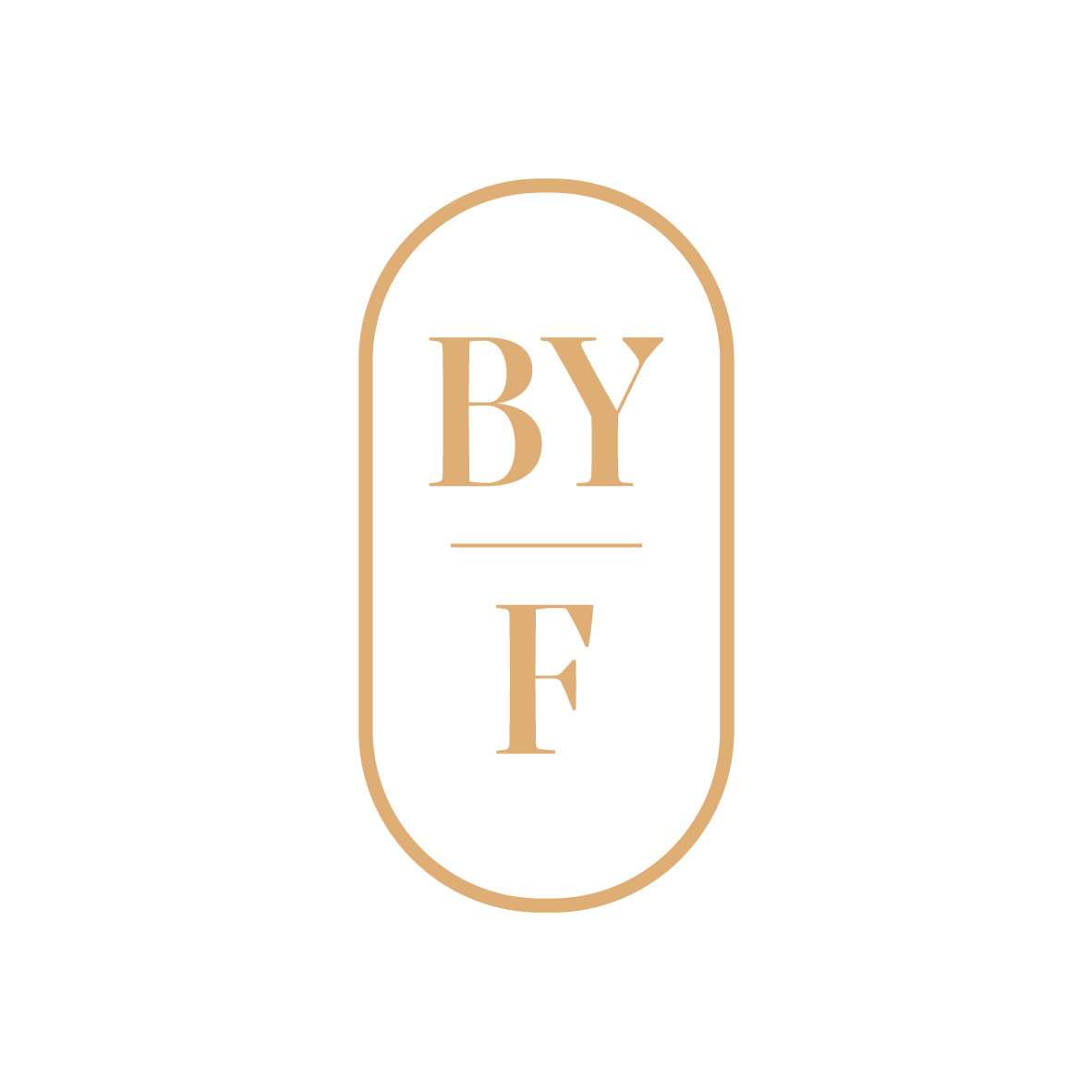
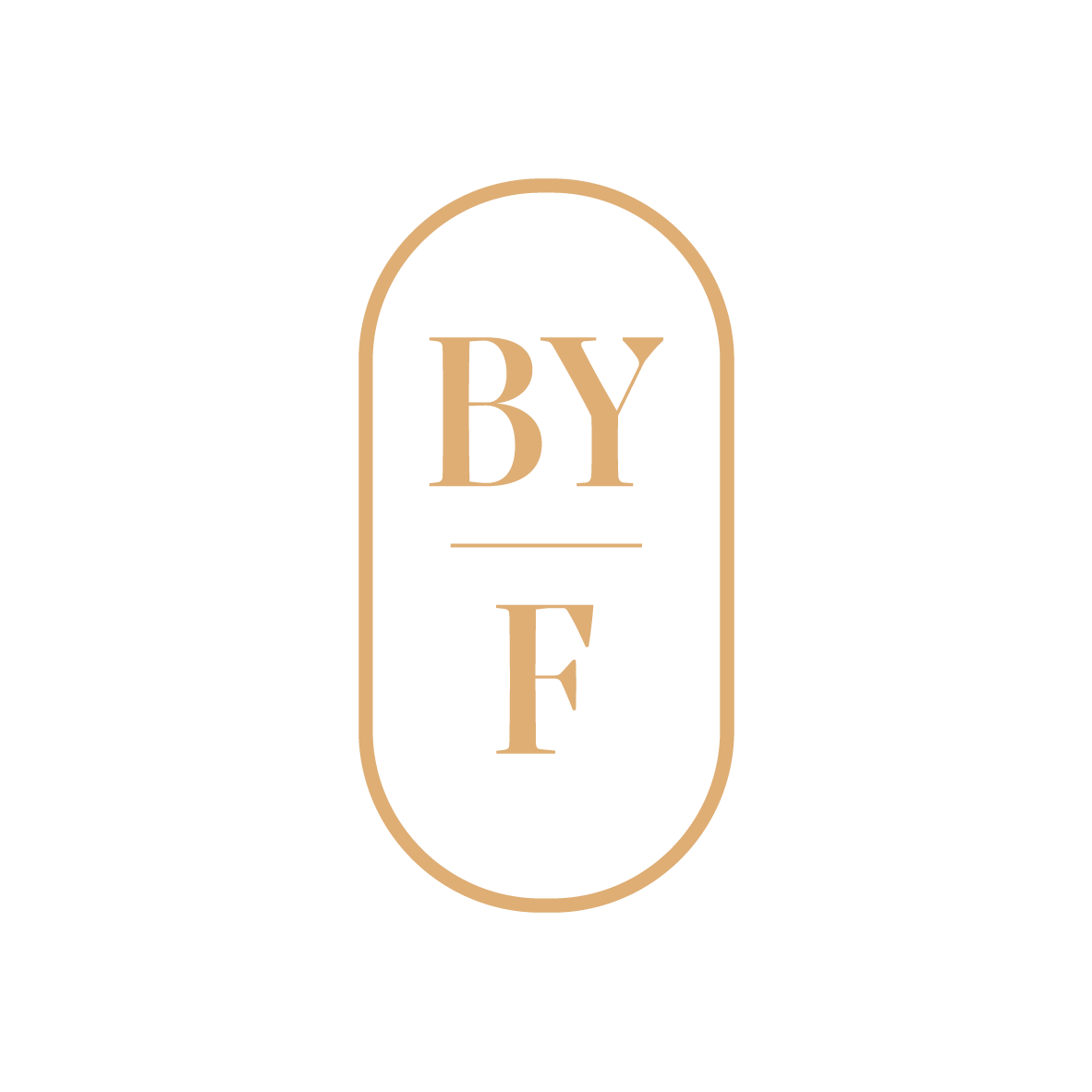


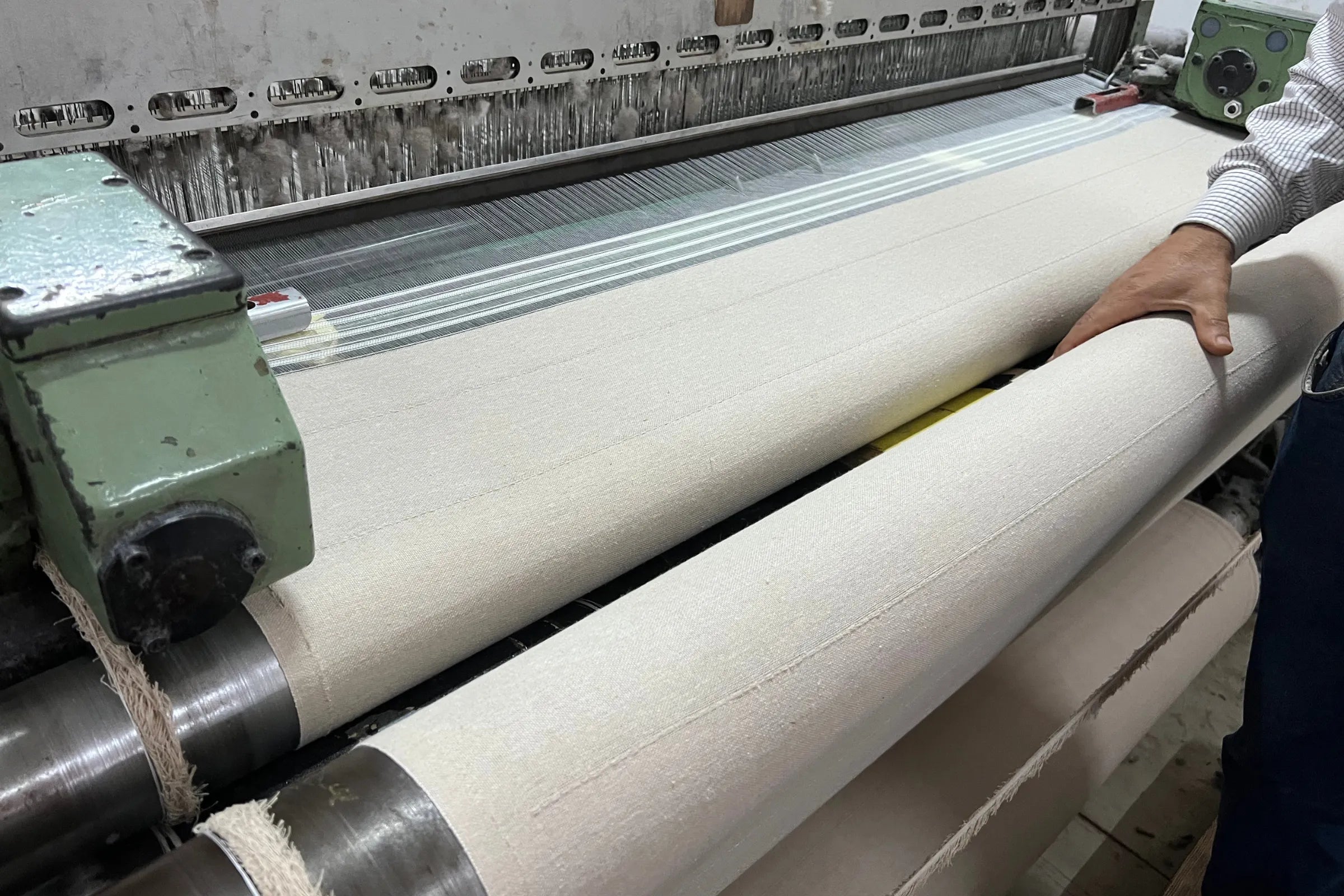
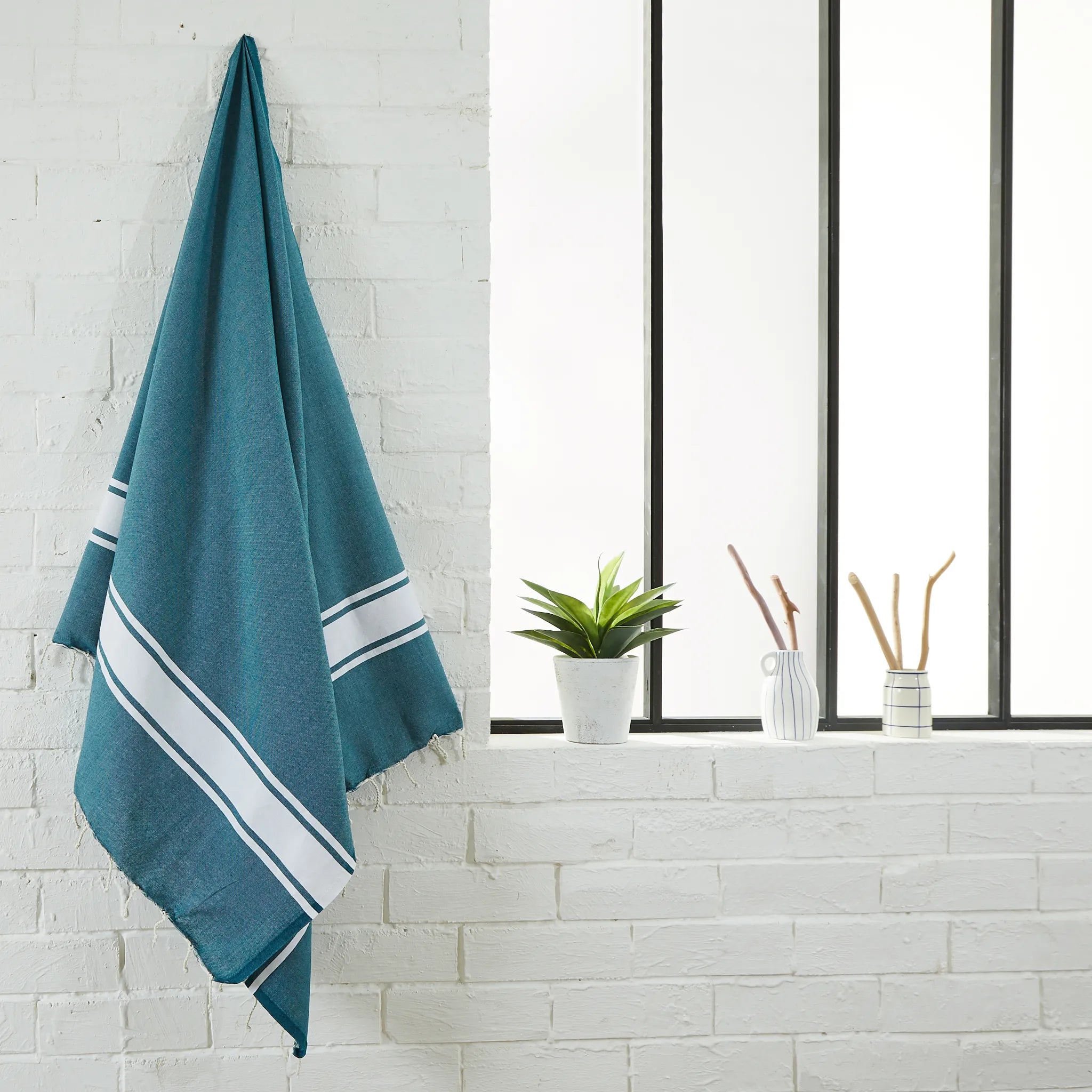
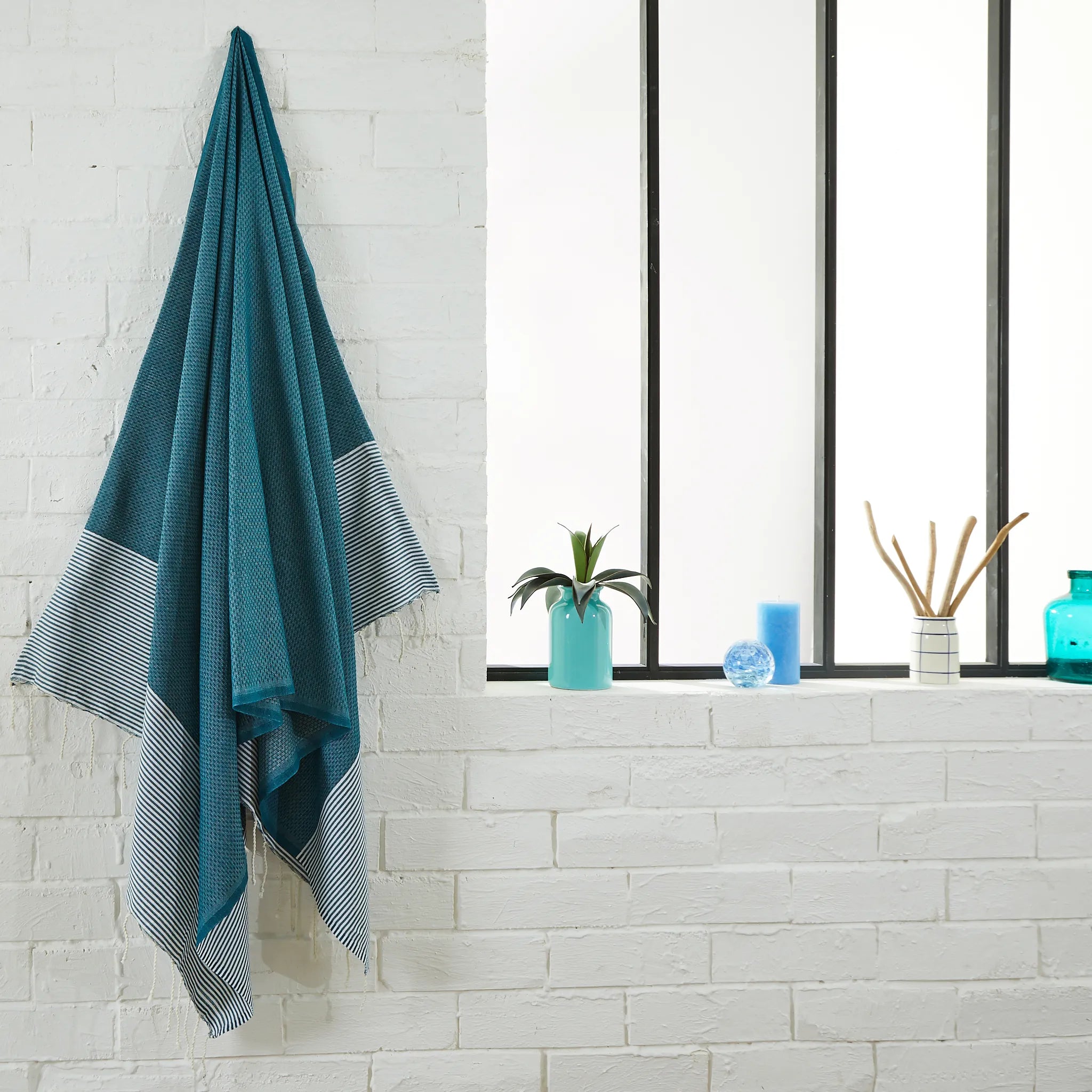
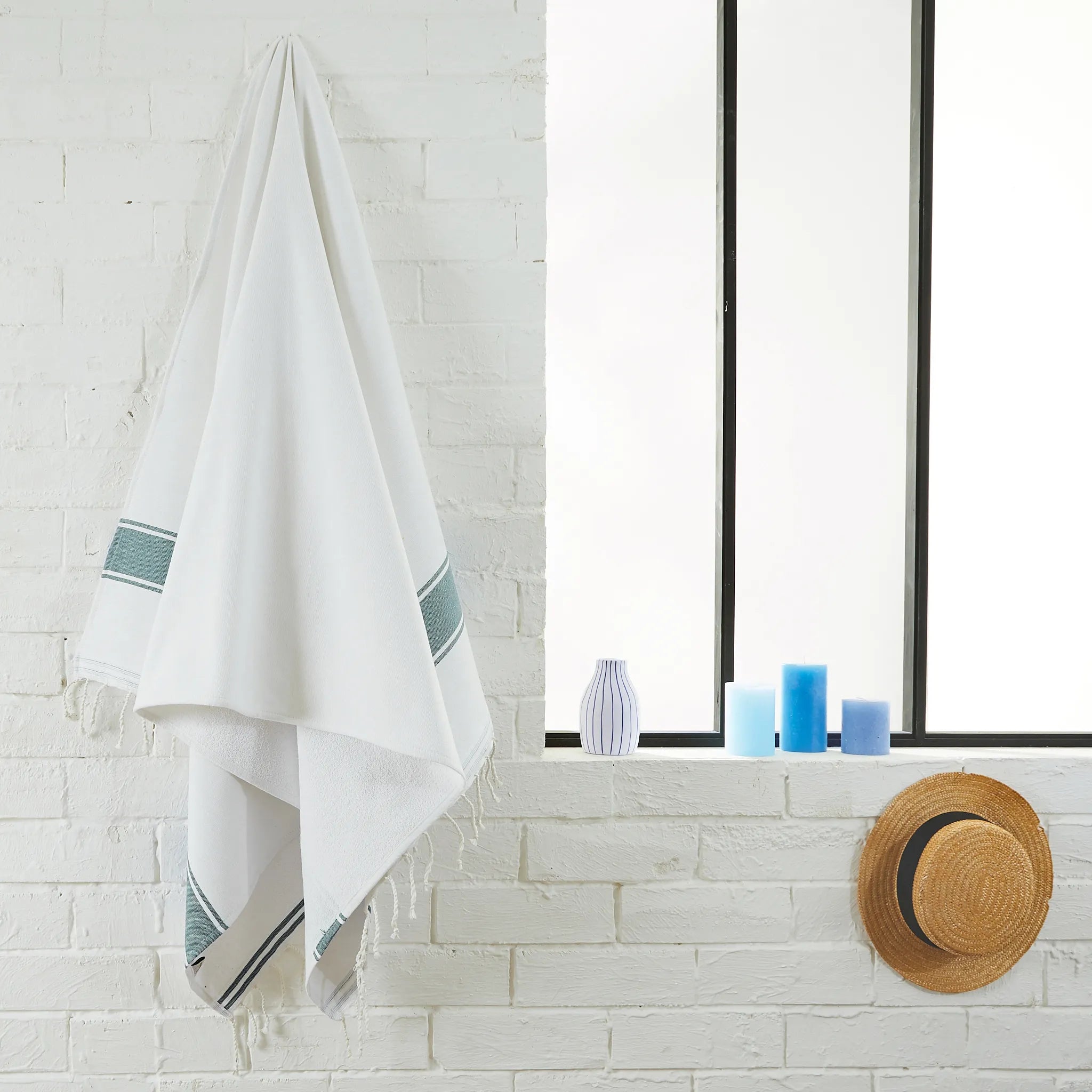
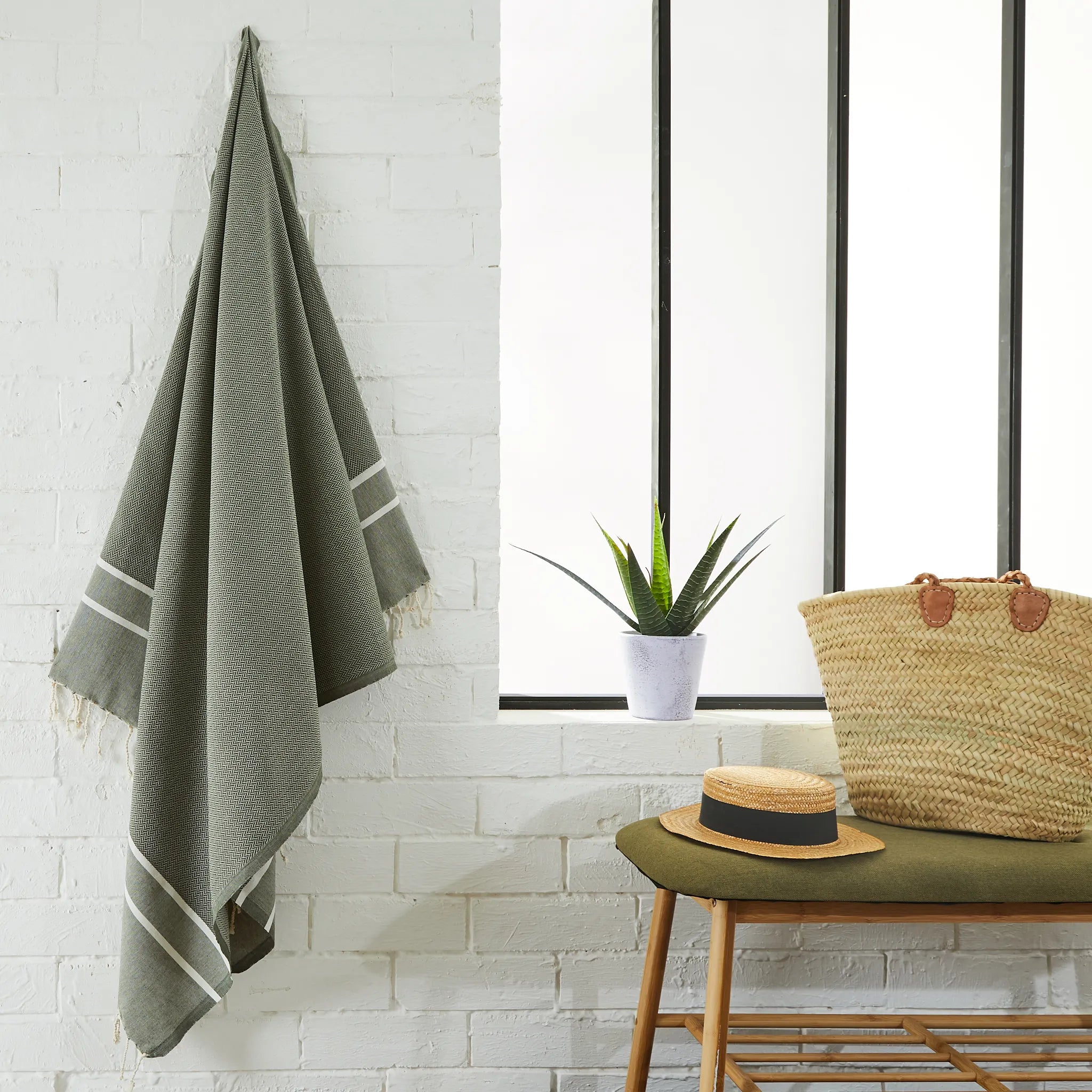
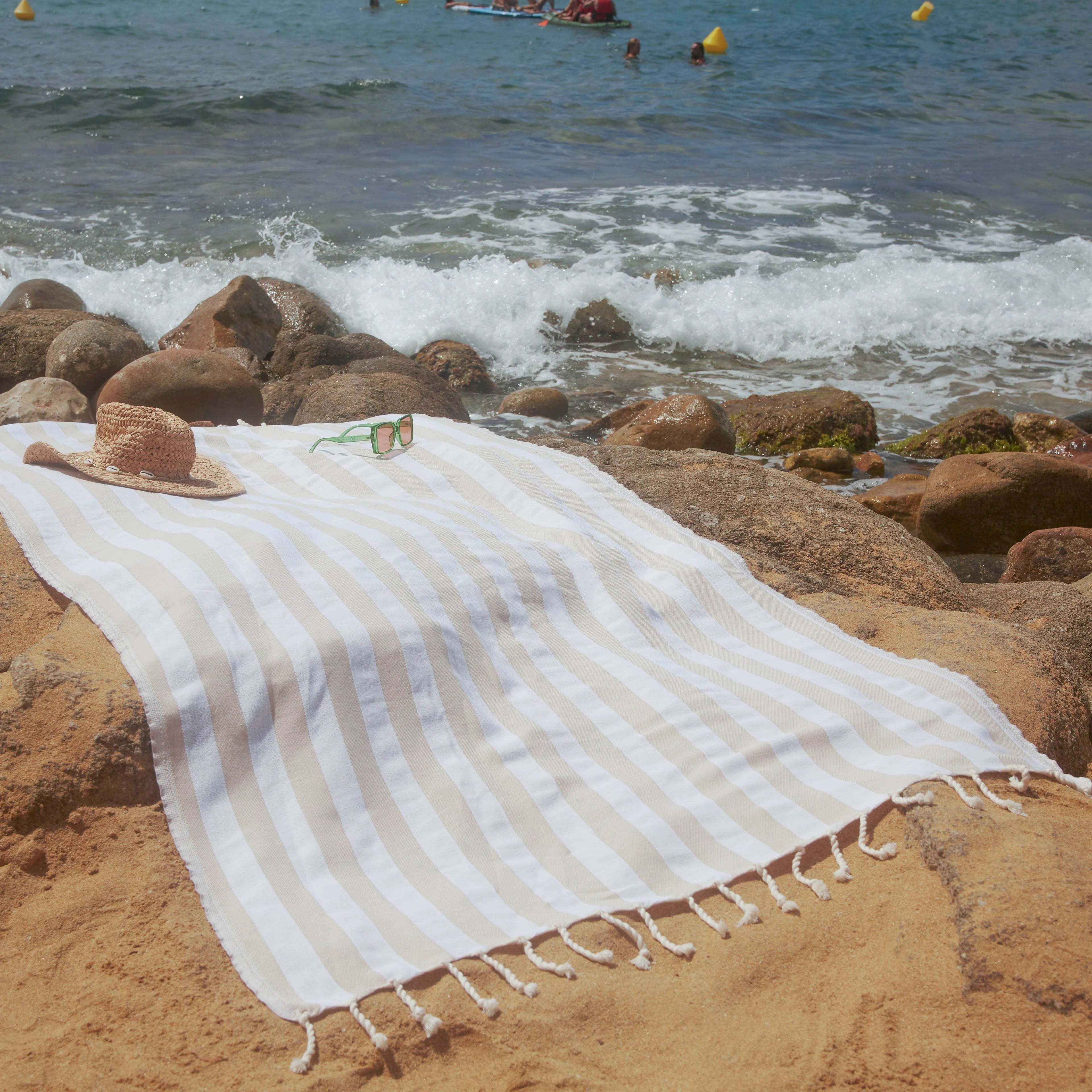
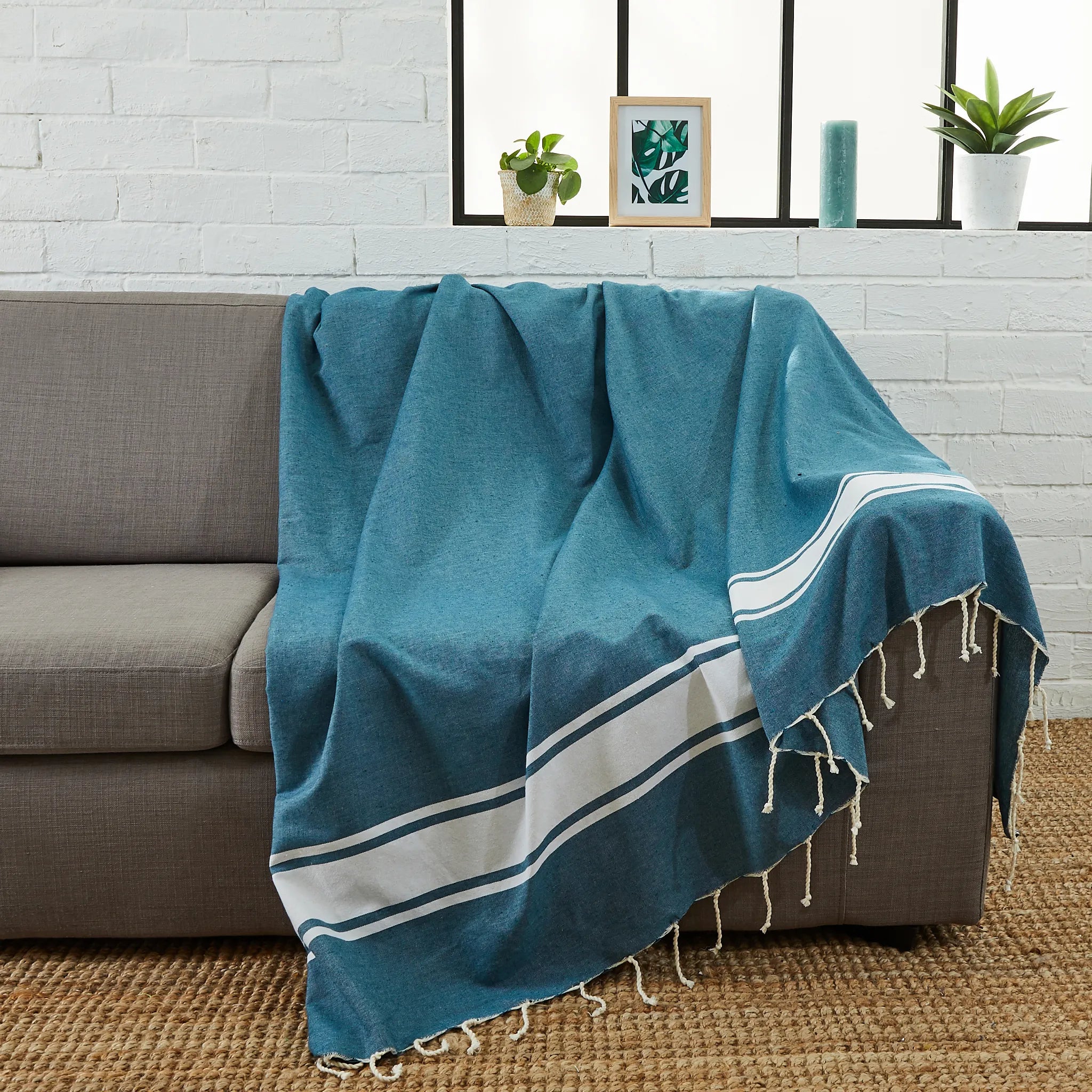
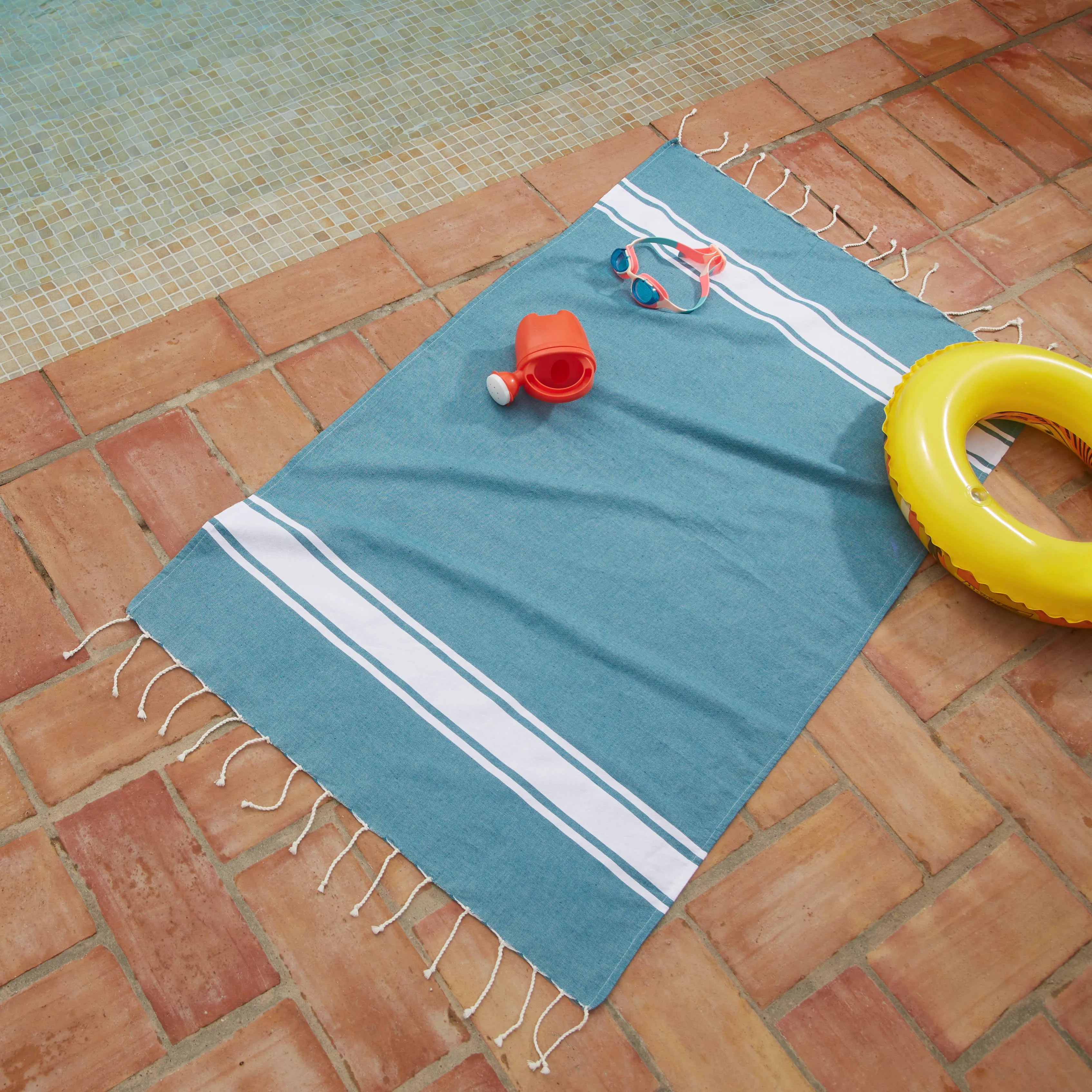
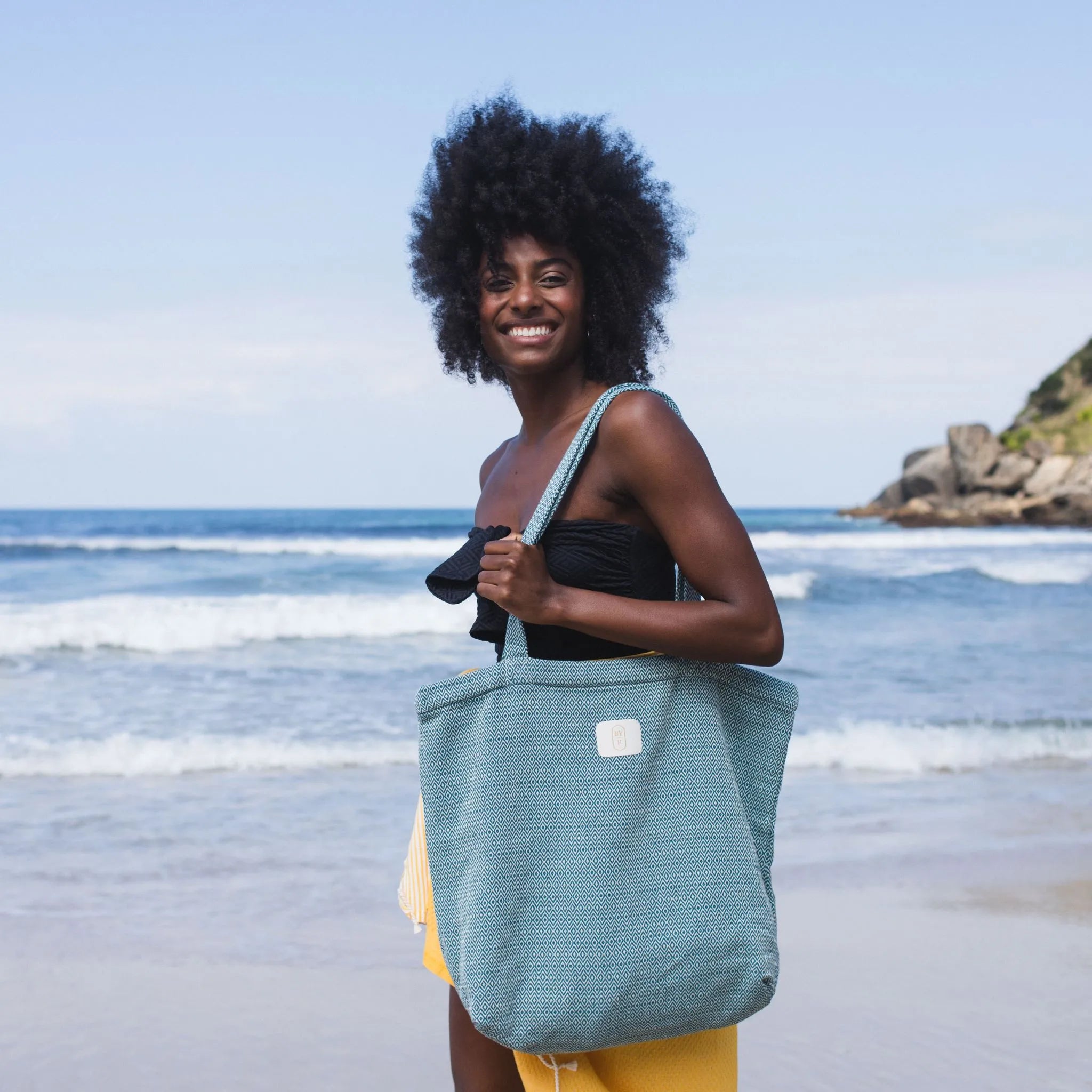
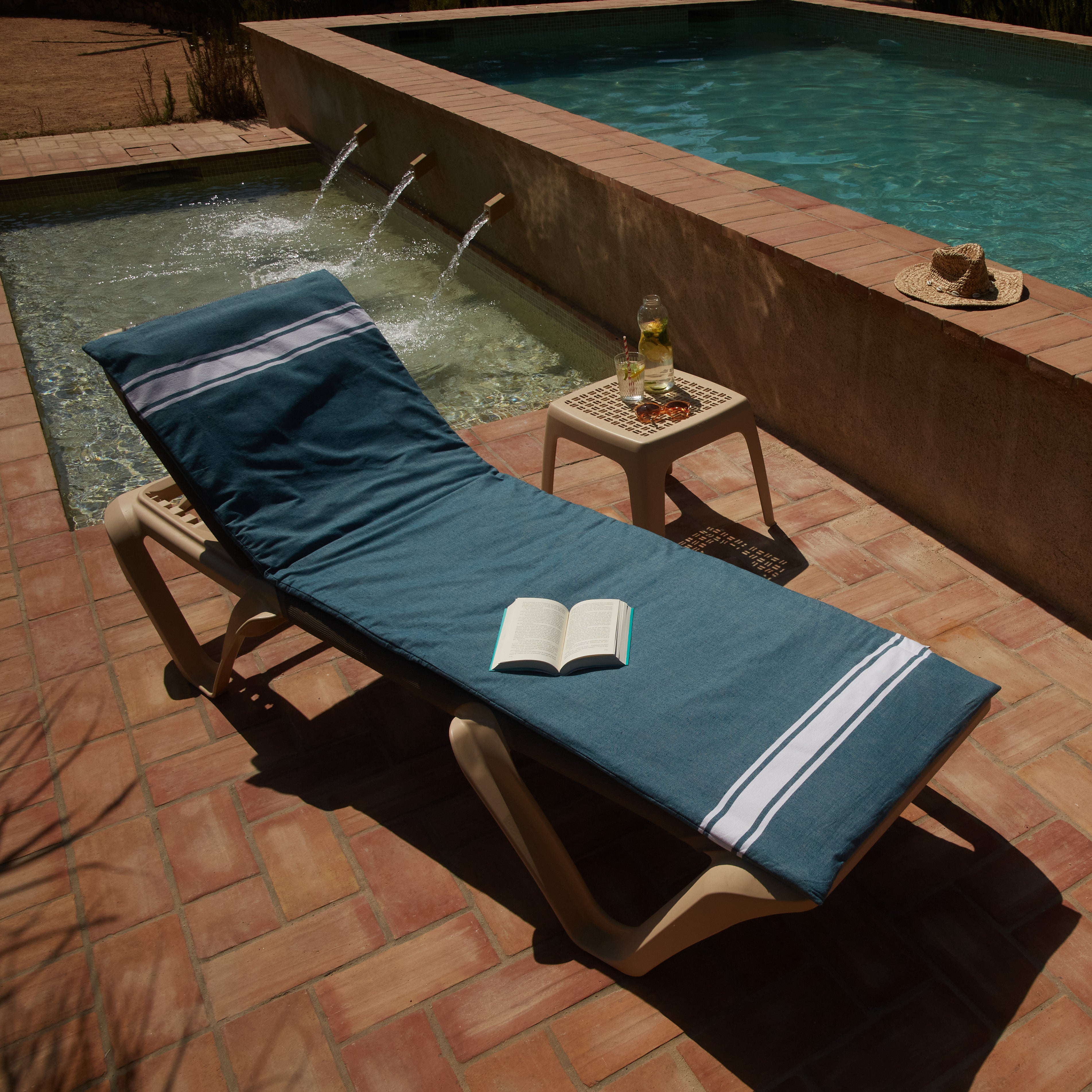
The multiple uses of the fouta: from well-being to decoration
The Tunisian fouta: a textile heritage between tradition and modernity